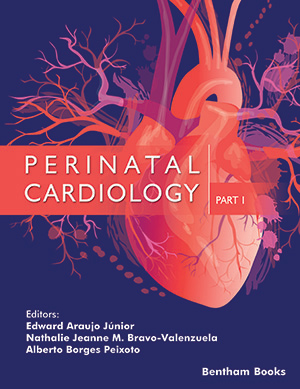Abstract
Cardiac position refers to the physical location of the heart relative to the thorax irrespective of cardiac axis. Deviation from its normal location can be due to extrinsic factors, embryologic defects, or as a result of structural cardiac abnormalities. In cardiology, situs refers to the position, arrangement and orientation of the various organs found in the abdomen (visceral) and thorax (atrial situs). In general, more complex congenital heart diseases (CHD) are associated with abnormalities of the situs such as situs ambiguous (isomerism or ‘heterotaxy’). The heterotaxy syndrome has been linked to mutations of different genes and environmental factors (e.g. diabetes and retinoic acid exposure in utero) during the establishment of left-right asymmetry within earliest embryonic stages. Left atrial isomerism is associated with complete heart block and an increased risk of fetal hydrops, leading to poor in utero outcome. Conversely, right isomerism results in poorer postnatal outcomes since anomalous pulmonary venous return and complex cardiac anomalies are common findings in such cases. Prenatal diagnosis of cardiac position and situs abnormalities by cardiac ultrasound echocardiography can help guide recommendations concerning in utero and postnatal outcome.
Keywords: Abnormal cardiac position, Echocardiography.






















